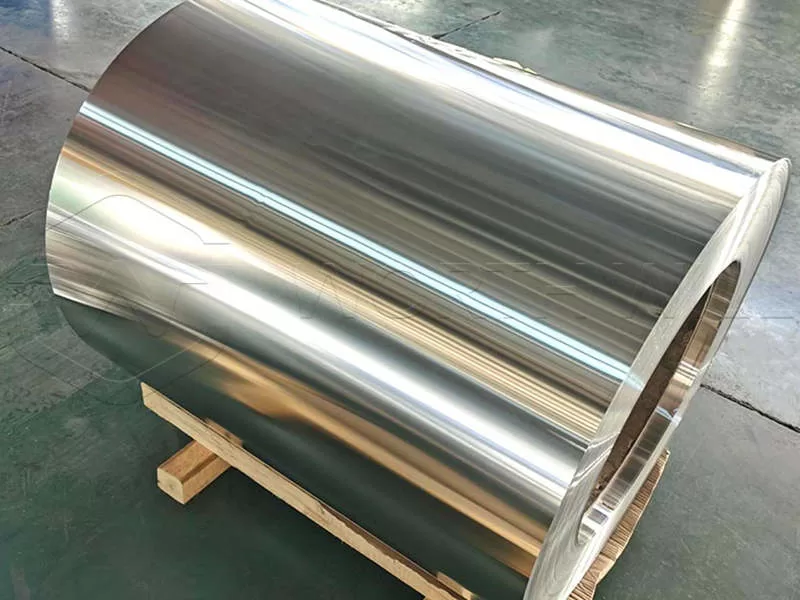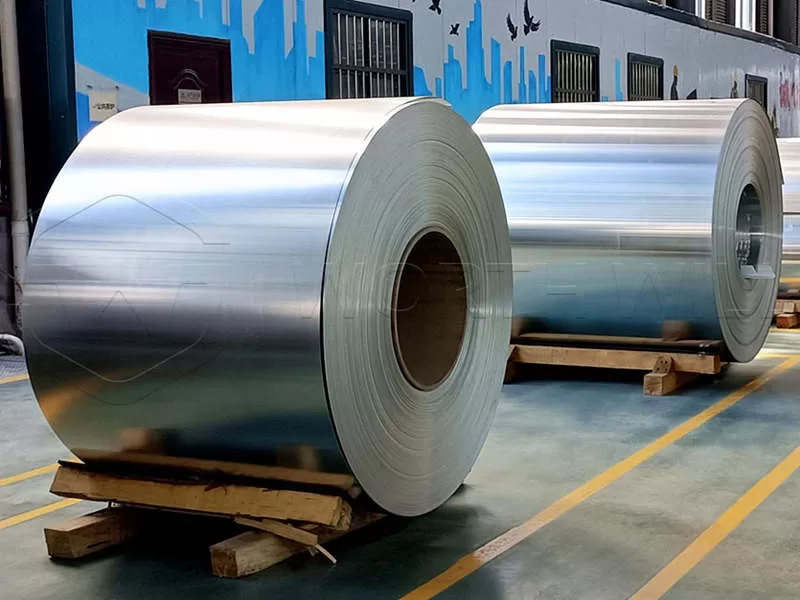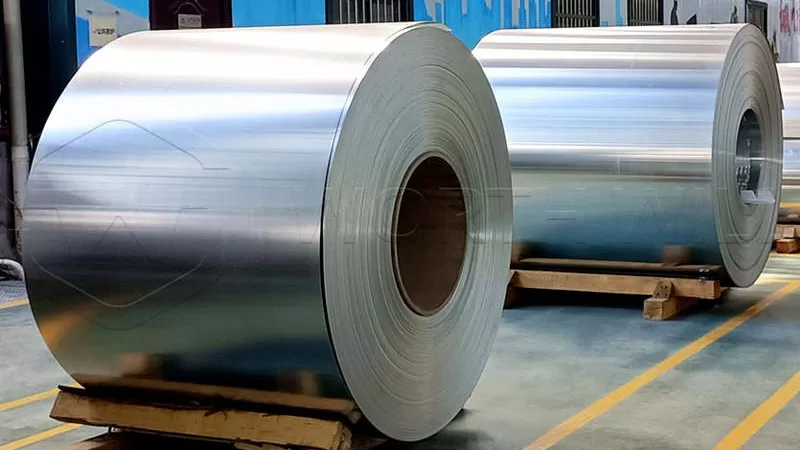Aluminum is a versatile material used in a variety of industries, from construction and automotive to aerospace and packaging. Among the many aluminum alloys available, 3003 and 6061 are two of the most commonly used. While both alloys have their unique strengths and applications, they differ in composition, properties, and suitability for specific tasks.


1. Composition
- 3003 Aluminum: This alloy is composed of approximately 1.2% manganese and 98% aluminum. The addition of manganese enhances its corrosion resistance and gives it moderate strength. 3003 is often referred to as a general-purpose aluminum alloy due to its excellent workability and formability.
- 6061 Aluminum: 6061 is a heat-treatable alloy that contains magnesium (around 1%) and silicon (about 0.6%) as its primary alloying elements. These additions give 6061 aluminum higher strength and improved machinability compared to 3003. The heat treatment process further enhances its mechanical properties, making it a popular choice in structural applications.
2. Strength and Hardness
- 3003 Aluminum: 3003 is known for its moderate strength, making it ideal for applications that do not require high structural integrity. It has good ductility, which allows it to be easily bent, formed, and welded. However, it is not suitable for applications that demand high strength.
- 6061 Aluminum: 6061 is significantly stronger than 3003, thanks to its heat-treatable nature and alloying elements. It is commonly used in structural applications where strength and durability are critical. 6061 aluminum can also be anodized to further increase its hardness and wear resistance.
3. Corrosion Resistance
- 3003 Aluminum: This alloy is highly resistant to corrosion, particularly in environments with high moisture content. Its resistance to corrosion makes it suitable for applications in marine environments, food processing, and chemical storage.
- 6061 Aluminum: While 6061 aluminum also has good corrosion resistance, especially when anodized, it is not as resistant as 3003 in highly corrosive environments. However, it performs well in typical atmospheric conditions and is often used in outdoor structural applications.
4. Formability and Workability
- 3003 Aluminum: One of the standout features of 3003 aluminum is its excellent formability. It can be easily bent, shaped, and deep-drawn without cracking, making it a preferred choice for manufacturing processes that require complex shapes, such as in the production of cooking utensils, chemical equipment, and HVAC systems.
- 6061 Aluminum: 6061 aluminum is not as easily formable as 3003, particularly in its heat-treated state. However, it is still highly machinable and can be easily welded, cut, and drilled. Its workability is enhanced when it is in the annealed (softened) condition, but it may require more effort than 3003 for complex forming.
5. Applications
- 3003 Aluminum: Due to its combination of corrosion resistance, formability, and moderate strength, 3003 is widely used in applications such as:
- Cooking utensils and kitchen equipment
- Chemical and food processing equipment
- Roofing, siding, and gutters
- Heat exchangers and radiators
- Storage tanks and pressure vessels
- 6061 Aluminum: The strength and machinability of 6061 make it suitable for more demanding applications, such as:
- Structural components in construction and architecture
- Aircraft and automotive parts
- Marine fittings and hardware
- Bicycle frames and other sporting equipment
- High-stress mechanical components, such as pipes and couplings
6. Cost
- 3003 Aluminum: Generally, 3003 aluminum is more affordable than 6061 due to its simpler composition and processing requirements. This makes it an economical choice for projects that do not require the high strength of 6061.
- 6061 Aluminum: 6061 tends to be more expensive due to its enhanced properties and the additional processing involved in its heat treatment. However, its superior strength and versatility often justify the higher cost for applications that demand greater performance.
Conclusion
When choosing between 3003 and 6061 aluminum, it’s essential to consider the specific requirements of your project. If you need an alloy with excellent formability and corrosion resistance at a lower cost, 3003 aluminum is a great choice. On the other hand, if your project demands higher strength, machinability, and durability, 6061 aluminum is likely the better option. By understanding the differences between these two alloys, you can make a more informed decision that ensures optimal performance and cost-effectiveness for your application.
